View of Han Lac communal house, Phu Thi commune, Gia Lam district (now Thuan An commune, Hanoi city). Photo by Nguyen Nang
Legend has it that, before going to battle to defeat the An invaders, Saint Giong stopped here, ate “seven baskets of rice, three baskets of eggplant, and drank enough water to drain a section of the river in one gulp”. The eggplant in the Saint’s meal was the Han eggplant, and that section of the river was the Duong River running alongside the village (According to Phan Dai Doan and Truong Huu Quynh “Famous people of Vietnamese history” volume I, page 6, Education Publishing House, 1987) .
Han village has an ancient communal house, facing the East, in front is a cool lake as a minh duong, surrounded by many banyan and ficus trees, green and shimmering, reflecting in the Northeast is the bend of the Duong River dike.
Wooden relief carved with dragon and horse with four Chinese characters “Hong Duc nien che”. Photo by Nguyen Nang
According to the genealogy of many families in the village, based on the wooden relief carved with a dragon and horse with four Chinese characters "Hong Duc nien che" (Made in Hong Duc year) still kept in the communal house, many people guess that the communal house could have been built during the reign of King Le Thanh Tong (1470 - 1497) Hong Duc era.
The communal house has 3 rooms, 2 wings, 2 side rooms, including the main hall, the back palace and a temple to worship the Thanh Hoang's wife. The main hall has five rooms, the middle room is for worshiping and placing sacrificial objects, the right room is for the horse and the set of eight treasures, the left room is for the dragon pavilion used in festivals. The back palace, the most sacred place is the Thanh Hoang altar, with tablets, royal decrees, and dragon and phoenix paintings around it, creating a solemn and sacred atmosphere. On the right of the communal house is the temple to worship La Ba.
According to Associate Professor Dr. Bui Xuan Dinh and Professor Dr. Dinh Khac Thuan, based on the stele erected in the year Binh Ty, the 17th year of Chinh Hoa (1696), Han Lac communal house was built at this time, the clearest remaining trace is the structure of the first sentence sitting on the roof of the main pillar. Recently, the two professors found for the first time on some pillars and rafters the name of the person who contributed to the construction of the communal house, Ms. Dang Thi Tieu, contributed in the year Mau Tuat (1838) nearly 200 years ago, next to the name of Mr. Phung Van Yen.
The communal house was a revolutionary base that hid soldiers during the resistance war against the French. Photo by Nguyen Nang
Han Lac Communal House worships General La Ta Duong - one of the 12 warlords who ruled over the Te Giang region, including part of Van Giang district (Hung Yen), Gia Lam district (Hanoi), Thuan Thanh district (old Bac Ninh ). There are many different versions of La Ta Duong's history, and they have not yet been unified. According to documents by Mr. Phung Van Trung, Head of the Han Lac Communal House's Celebration Committee, he was born in 927, his father was La Dai Lieu, a former general of the Military Region (?) and had many achievements under the Ngo Quyen dynasty. La Ta Duong succeeded his father and emerged as a powerful leader, becoming a warlord in the Te Giang region, confronting many other warlords, and was later subdued by Dinh Bo Linh. Legend has it that he led troops to fight the enemy and was beheaded. After his death, villagers came to the area later called the communal house (on the dike adjacent to To Khe village) and saw a newly pushed termite mound, next to a sword sheath engraved with the three words "La Ta Duong", so they brought his soul back to worship at the communal house.
Han Lac Communal House still preserves 6 royal decrees of the Nguyen Dynasty, the earliest one is from the 13th year of Minh Mang (1832), the latest one is from the 3rd year of Duy Tan (1909).
The communal house today has degraded and is severely damaged. Photo by Nguyen Nang
Over the years, the communal house had deteriorated and was seriously damaged, so in 1930-1932, the elders met with the villagers to discuss completely demolishing it, rebuilding it, and changing the direction of the communal house from the West to the East, overlooking a green field of corn and potatoes, the sparkling Duong River flowing sideways, and in the distance the vast midland and rolling hills.
The communal house was the place where Senior Lieutenant General Bui Phung and comrade Nguyen Chan (later Minister of Electricity and Coal) held meetings of Viet Minh cadres and pre-uprising cadres in the district. During the August Revolution in 1945, the communal house was the place where the local dignitaries of the old government of Han Lac commune submitted their seals to the Provisional Revolutionary Committee. In December 1946, the communal house was the place where the field hospital of the Capital Regiment was located, tasked with protecting the north of the Red River. In 1950, the French brutally tortured and killed two comrades, Phung Van Chinh and Dang Van Nhuan, here. The communal house pillars made of ironwood, so big that one person could not hug them, were carved in many places to hide Viet Minh documents. On November 15, 1951, the French army burned down half of the communal house. After the Capital Liberation Day, the remaining half of the communal house was used as a classroom for children of Han village and primary school students in the commune. In 1965 - 1966, the communal house was an important warehouse of the General Department of Logistics and the workplace of the Agricultural Cooperative.
With love for their homeland, from 1996 to 2021, the villagers contributed merit, restored two communal houses, repaired temples, built lake embankments, built gates and many other items, and purchased sacrificial objects.
In 2012, Han Lac Communal House was recognized as a Historical - Cultural Relic by the Hanoi People's Committee and in 2020 was recognized as a Revolutionary - Resistance Relic.
Han Lac Communal House was recognized as a Historical-Cultural Relic by the Hanoi People's Committee. Photo by Nguyen Nang
It is known that the City's authorities have surveyed and established a large-scale project to renovate and restore Han Lac Communal House. According to Appendix III-12 of the project: “The current state of the main communal house is degraded, the main components are mahogany, 2 systems are made of reinforced concrete, painted to imitate wood. The tile roof is crooked, broken, causing leaks. The walls are quite moldy, especially the back part. Some wooden components are heavily worm-eaten, if not promptly treated, it will affect the load-bearing capacity of the communal house. Currently, the communal house has added temporary columns for temporary support. The electric wires are exposed, not ensuring fire prevention and fighting. The altar is paved with enameled tiles, not ensuring traditional beauty. The communal house currently preserves 02 stone steles with the date of Chinh Hoa 17 (1696) left outdoors, not yet preserved. The system of trees, gardens, and walking paths is still quite messy, the infrastructure is not synchronized. The current relic still lacks many items according to the worship function of a traditional communal house: there is still an inappropriate item in the relic site, the stage built in 2018, located on the right side of the communal house. The electricity and water supply systems, yard, garden, and trees have not been planned synchronously and currently the ground level is lower than the traffic road in front, so water often stagnates. Therefore, investment is very necessary.
Accordingly, the total capital for the project to renovate and embellish Han Lac Communal House is 30 billion 648 million VND, from the Gia Lam district budget, with implementation period of 2026 - 2027.
Villagers hope that the project will soon be restarted, so that the communal house - Historical - Cultural Relic, Revolutionary - Resistance Relic will be renovated, worthy of being a place to preserve and educate traditions for today's and future generations.
Source: https://hanoimoi.vn/dinh-co-han-lac-noi-luu-giu-lich-su-715966.html


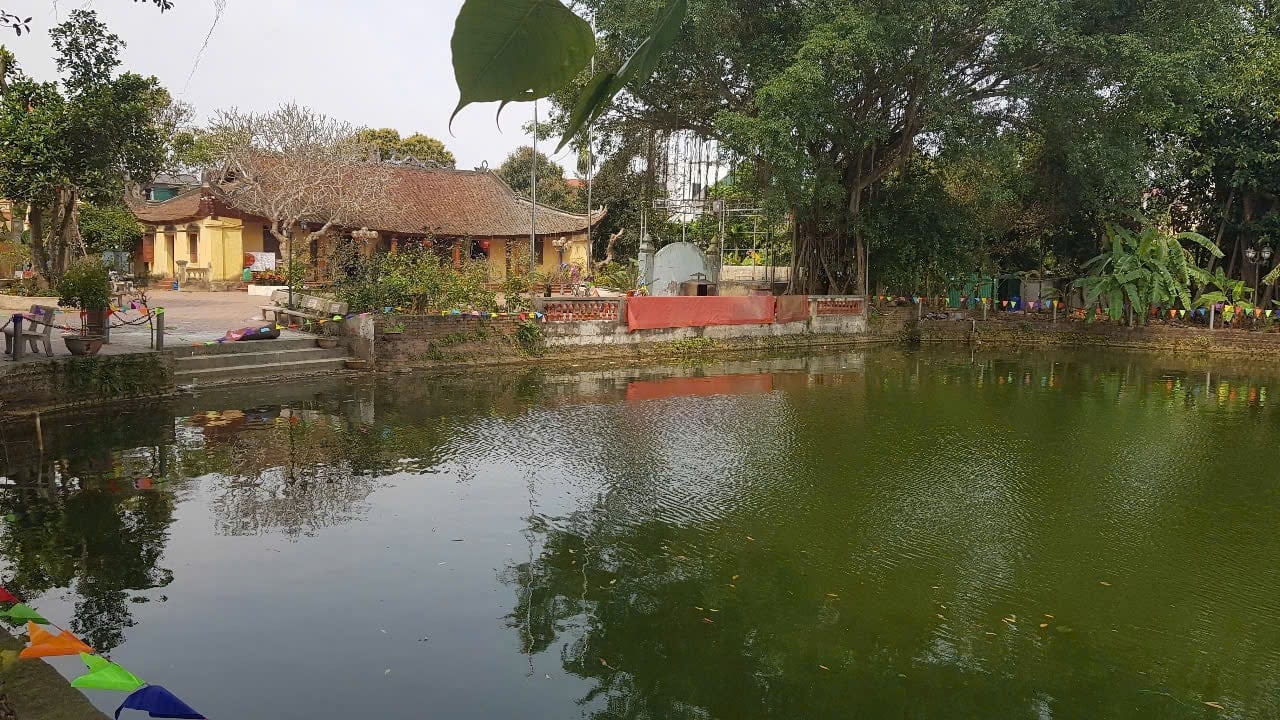
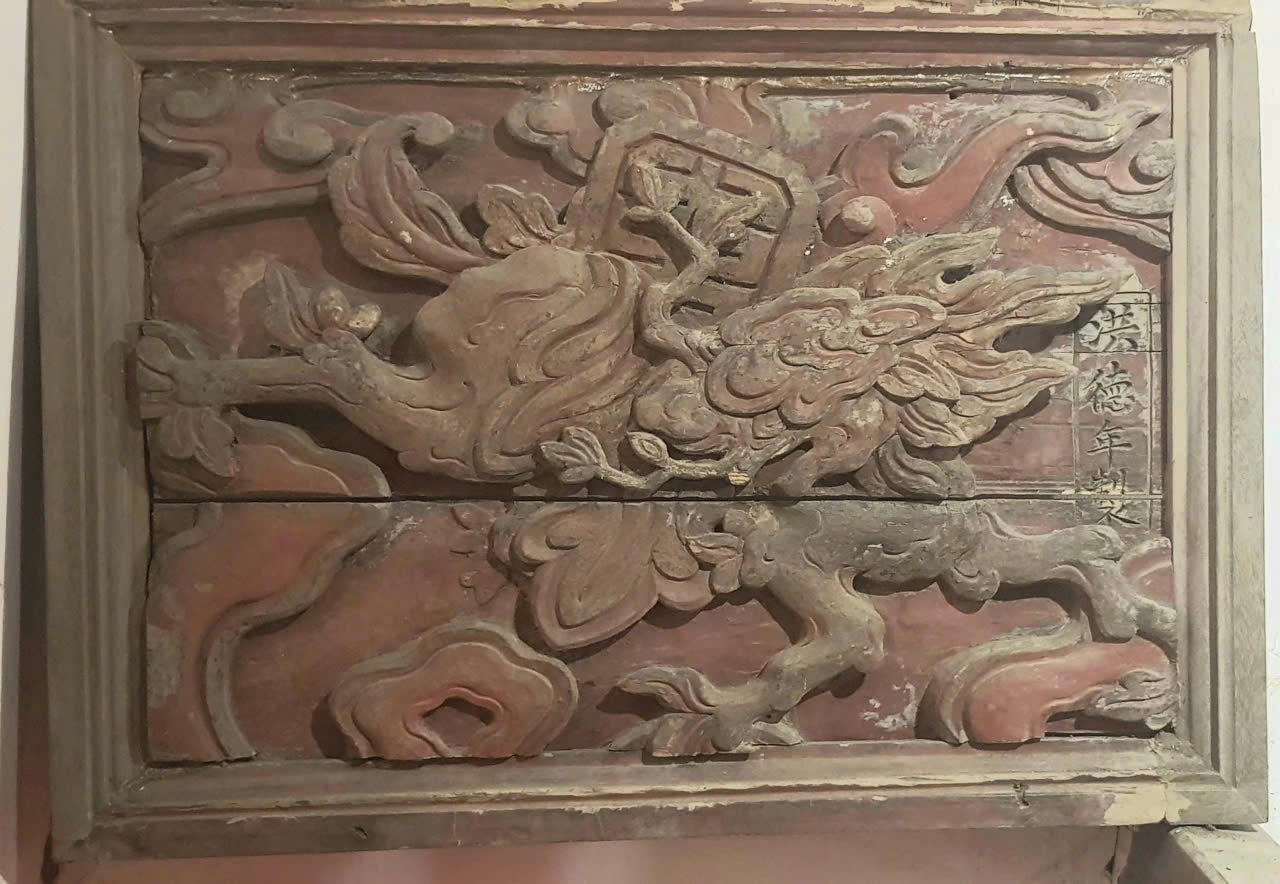
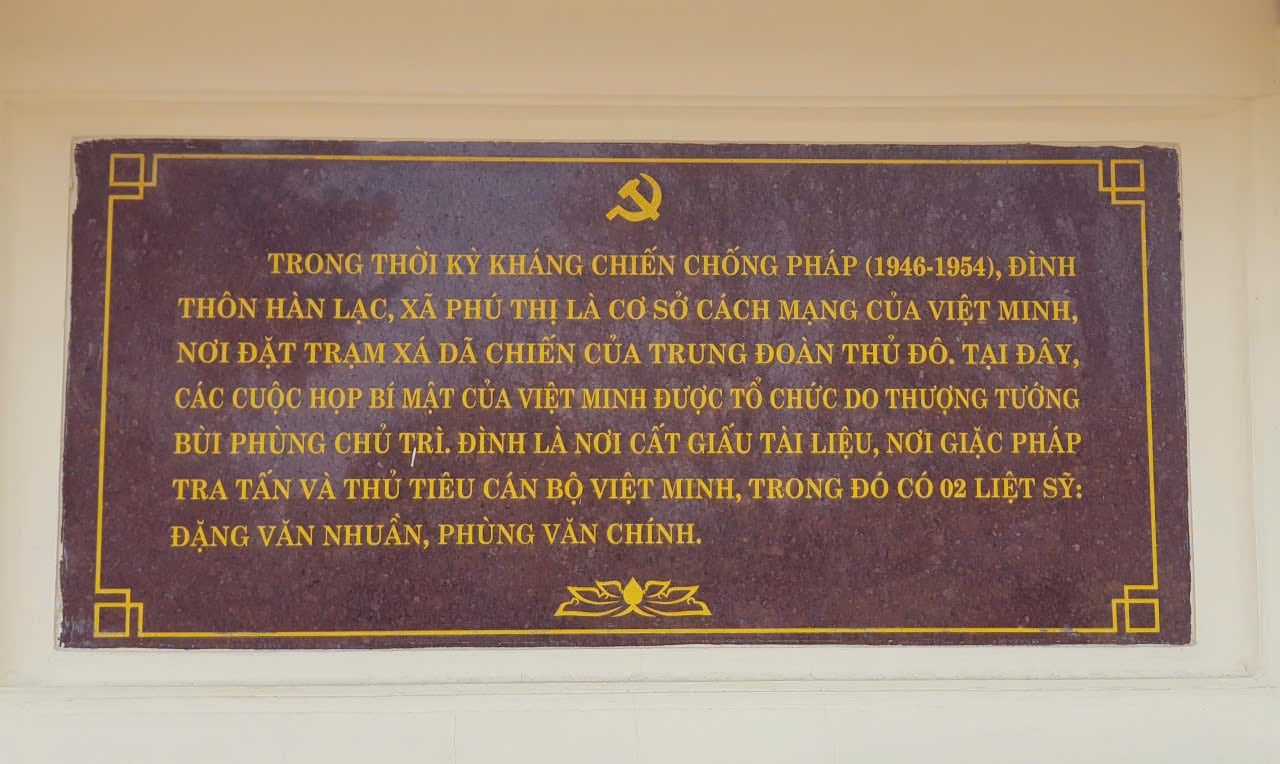
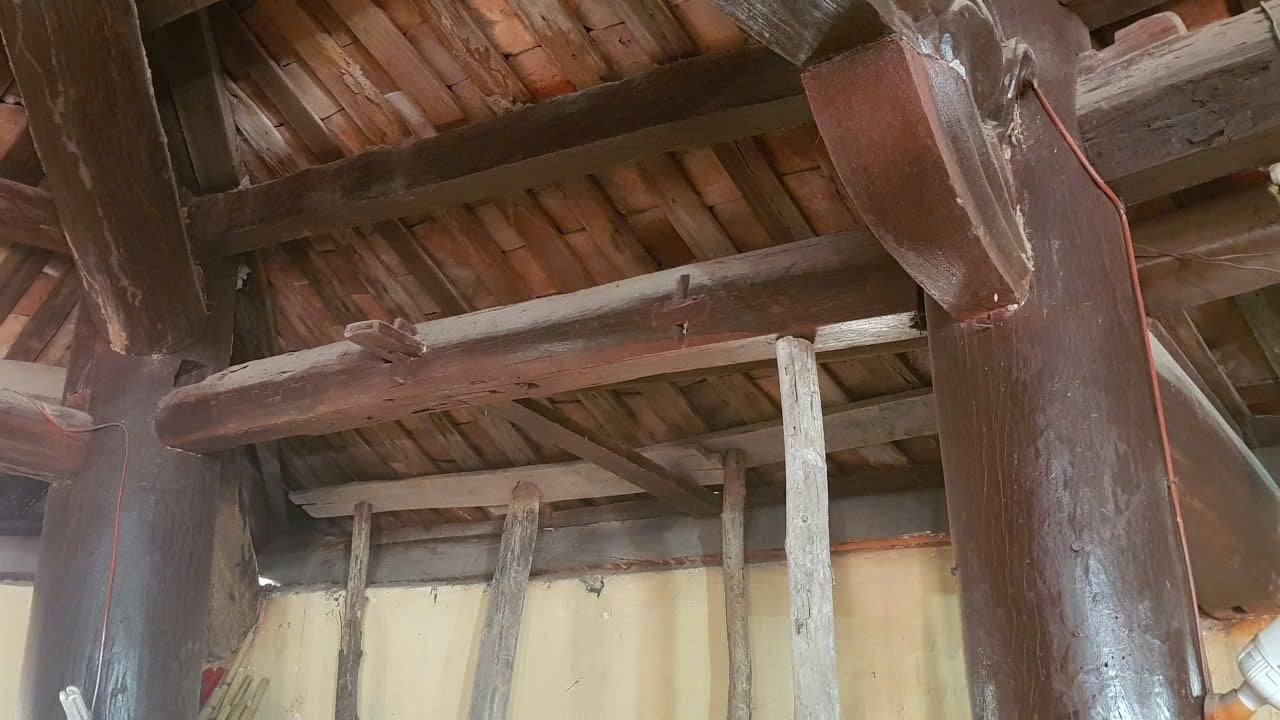
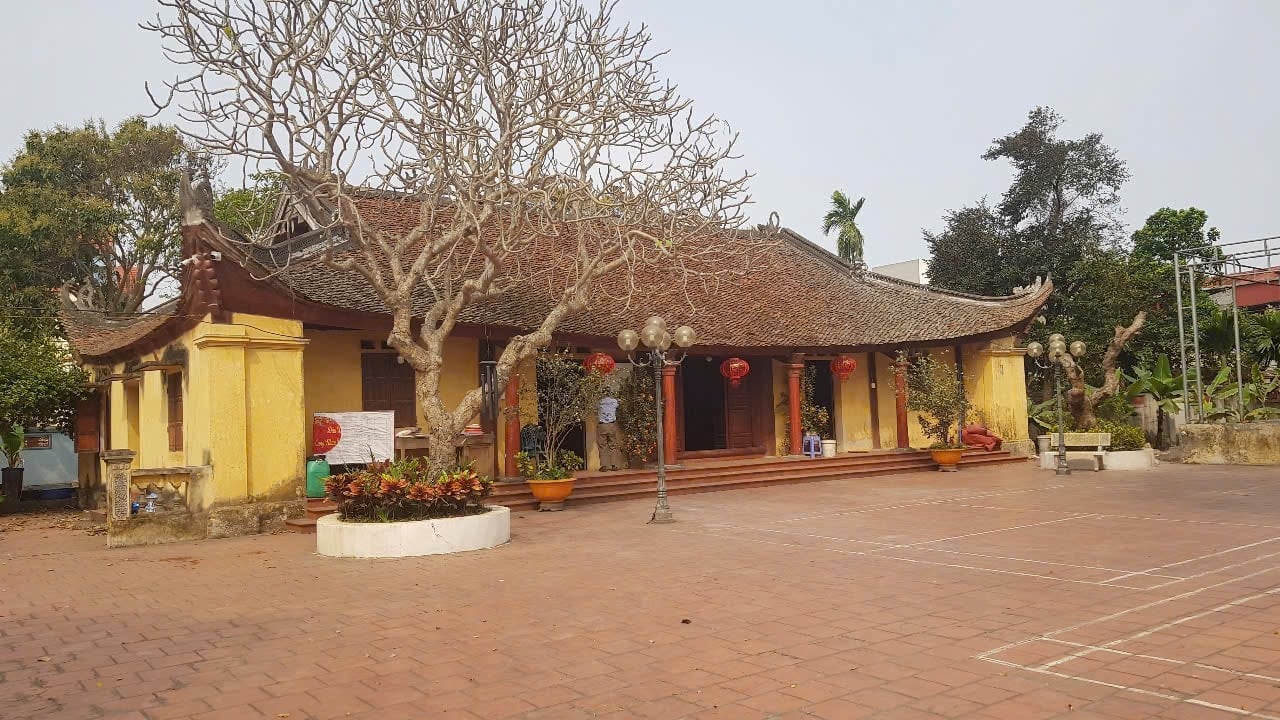






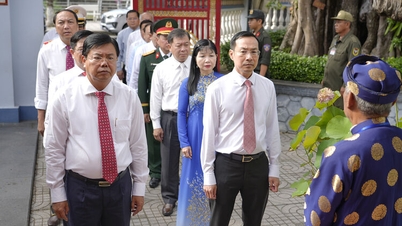

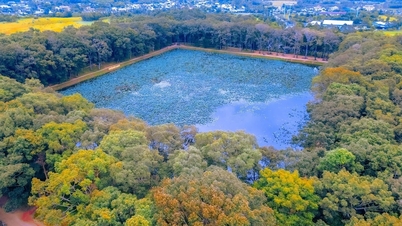




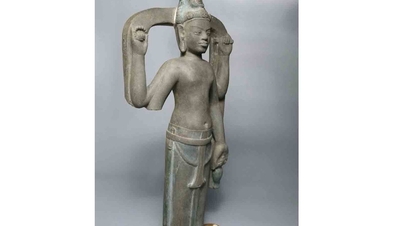



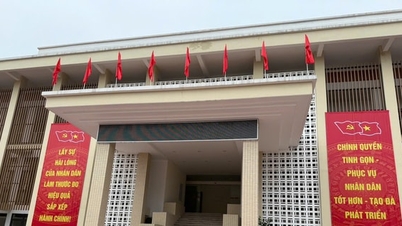
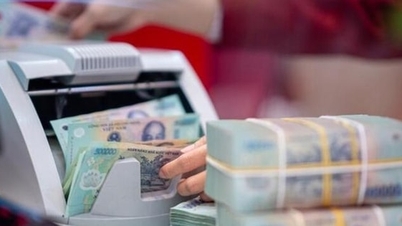
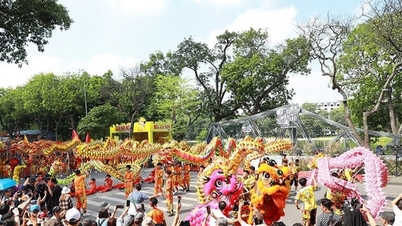









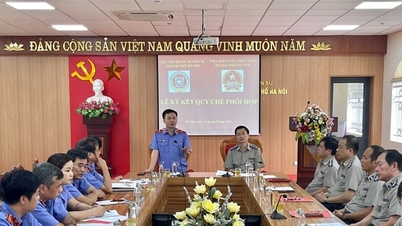



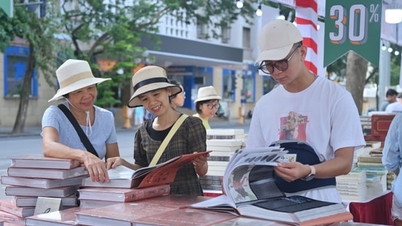











































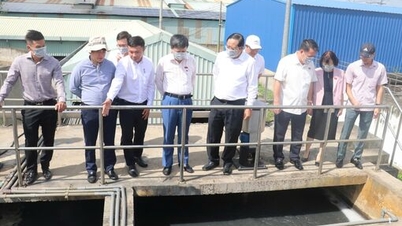



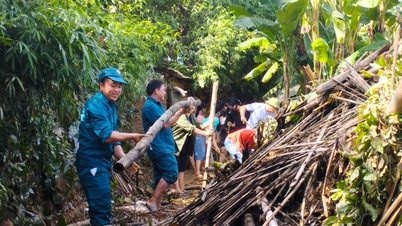

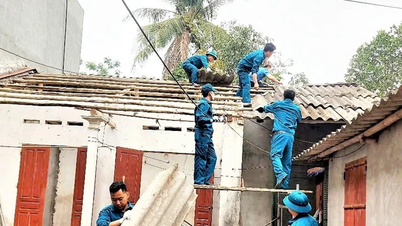














Comment (0)